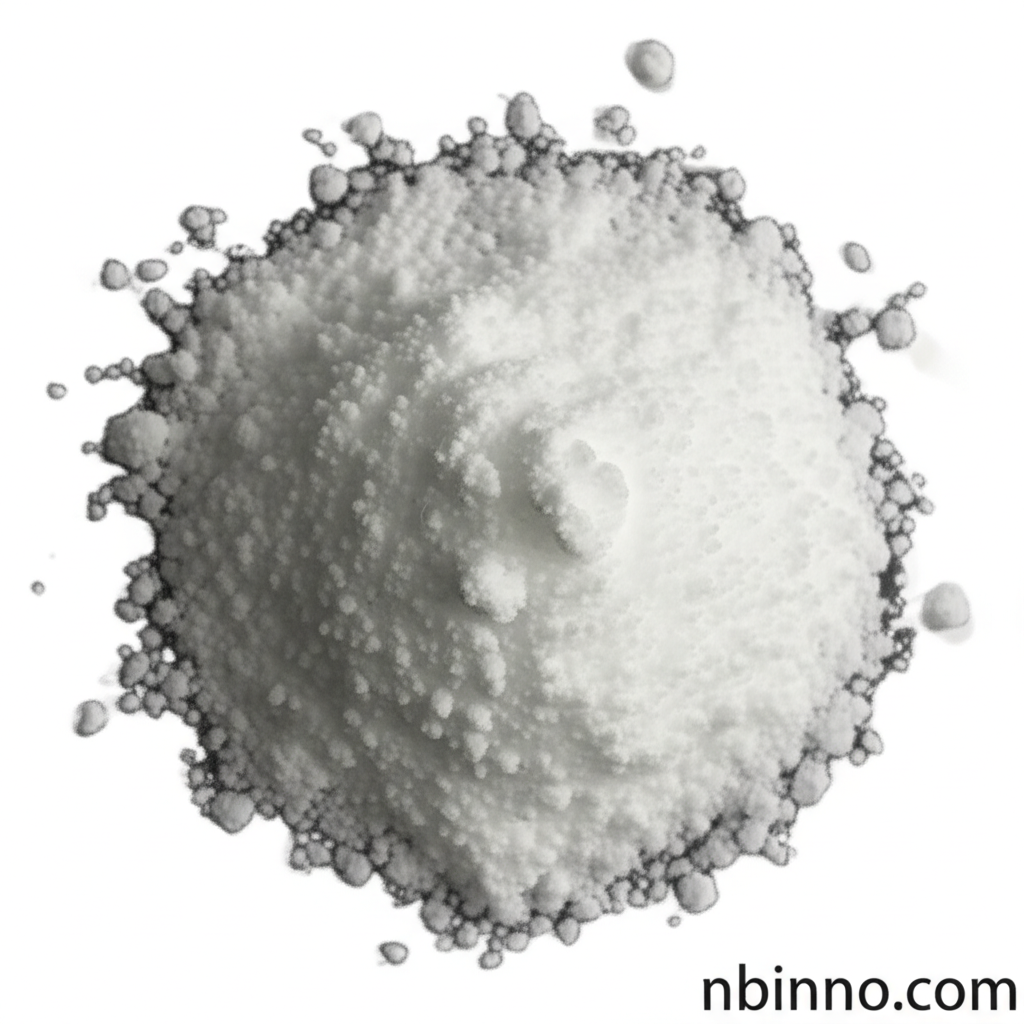Unlocking Next-Generation Displays with 3-(9H-Carbazol-9-yl)phenylboronic Acid
Discover the essential component driving innovation in OLED technology and advanced electronic materials.
Get a Quote & SampleProduct Core Value

3-(9H-Carbazol-9-yl)phenylboronic acid
This high-purity compound serves as a crucial building block for advanced electronic materials, especially within the realm of Organic Light-Emitting Diodes (OLEDs). Its unique chemical structure, featuring a carbazole moiety and a boronic acid group, makes it indispensable for creating high-performance display technologies.
- As an essential OLED intermediate, this compound enables the synthesis of materials with superior charge transport and light-emitting properties, contributing to brighter and more efficient displays.
- Leverage the power of Suzuki coupling reactions with this versatile reagent, a cornerstone in constructing complex organic molecules for cutting-edge material science applications.
- Explore its utility in developing novel organic electronic devices beyond OLEDs, including organic field-effect transistors (OFETs) and organic photovoltaics (OPVs).
- This chemical intermediate is vital for researchers and manufacturers seeking to push the boundaries of material performance and device longevity in the electronic sector.
Advantages Delivered
Enhanced Device Performance
Utilize this key OLED intermediate to achieve superior performance metrics in electronic devices, ensuring optimal efficiency and stability in your applications.
Versatile Chemical Synthesis
The boronic acid functionality makes it a prime candidate for various synthetic transformations, including the critical Suzuki coupling reaction, offering broad utility in organic synthesis.
Material Innovation
As an advanced organic intermediate, it empowers the creation of novel functional materials with tailored electronic and optical properties for next-generation technologies.
Key Applications
OLED Material Synthesis
This compound is a cornerstone for synthesizing materials used in organic light-emitting diodes, improving efficiency and lifespan.
Organic Electronics
It plays a crucial role in the broader field of organic electronics, facilitating the development of next-generation devices like OFETs and OPVs.
Suzuki Coupling Reactions
Serves as a highly effective reagent in Suzuki coupling, a fundamental process for building complex molecular architectures in advanced organic synthesis.
Material Science Research
Its unique properties make it a valuable tool for researchers exploring new functional materials with specific electronic and optical characteristics.
